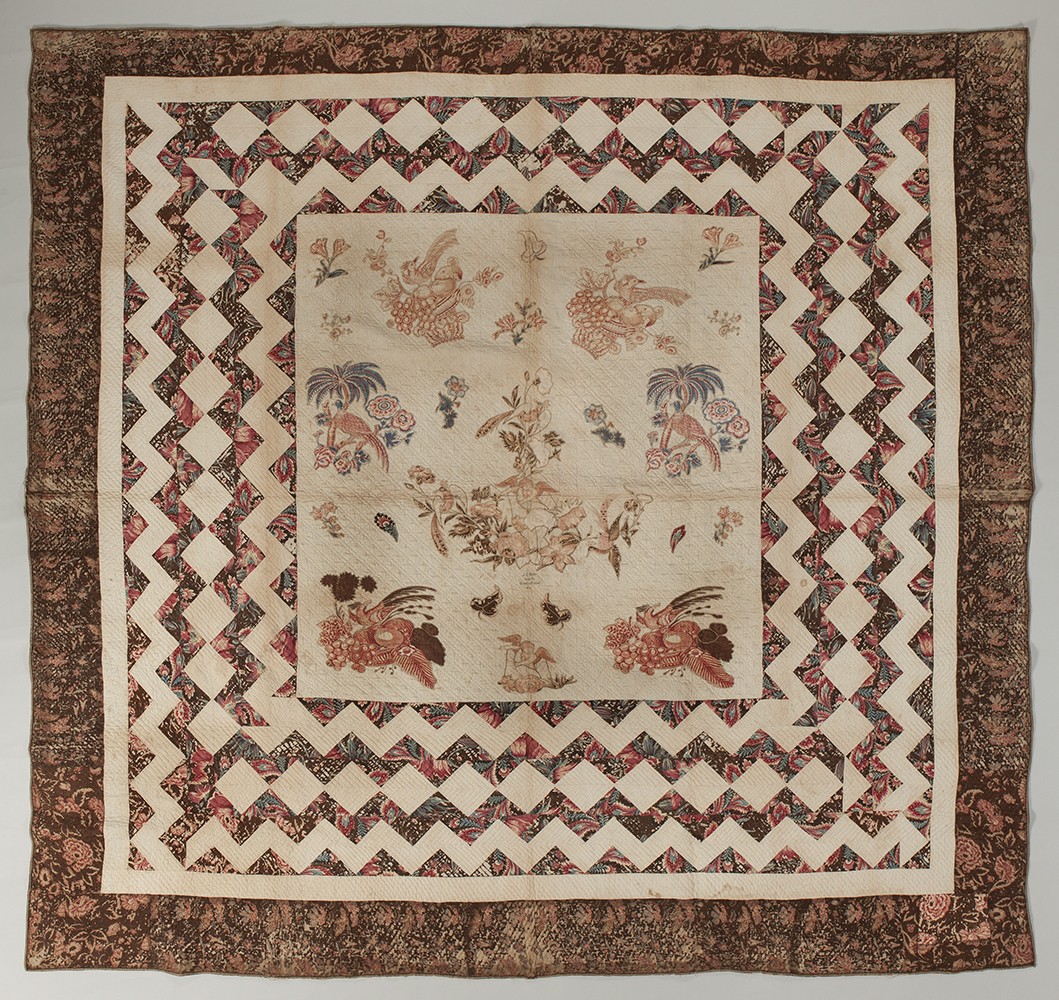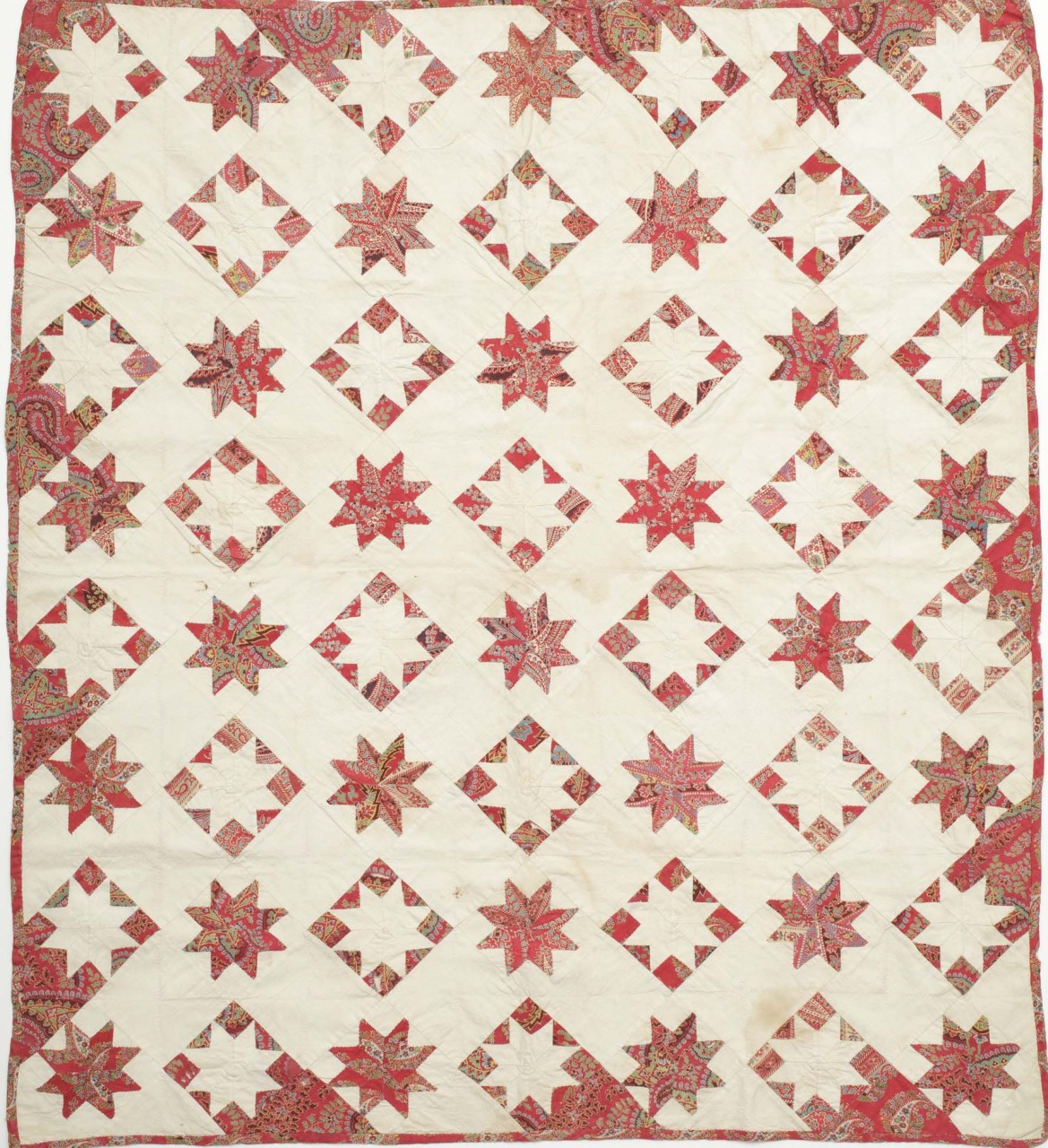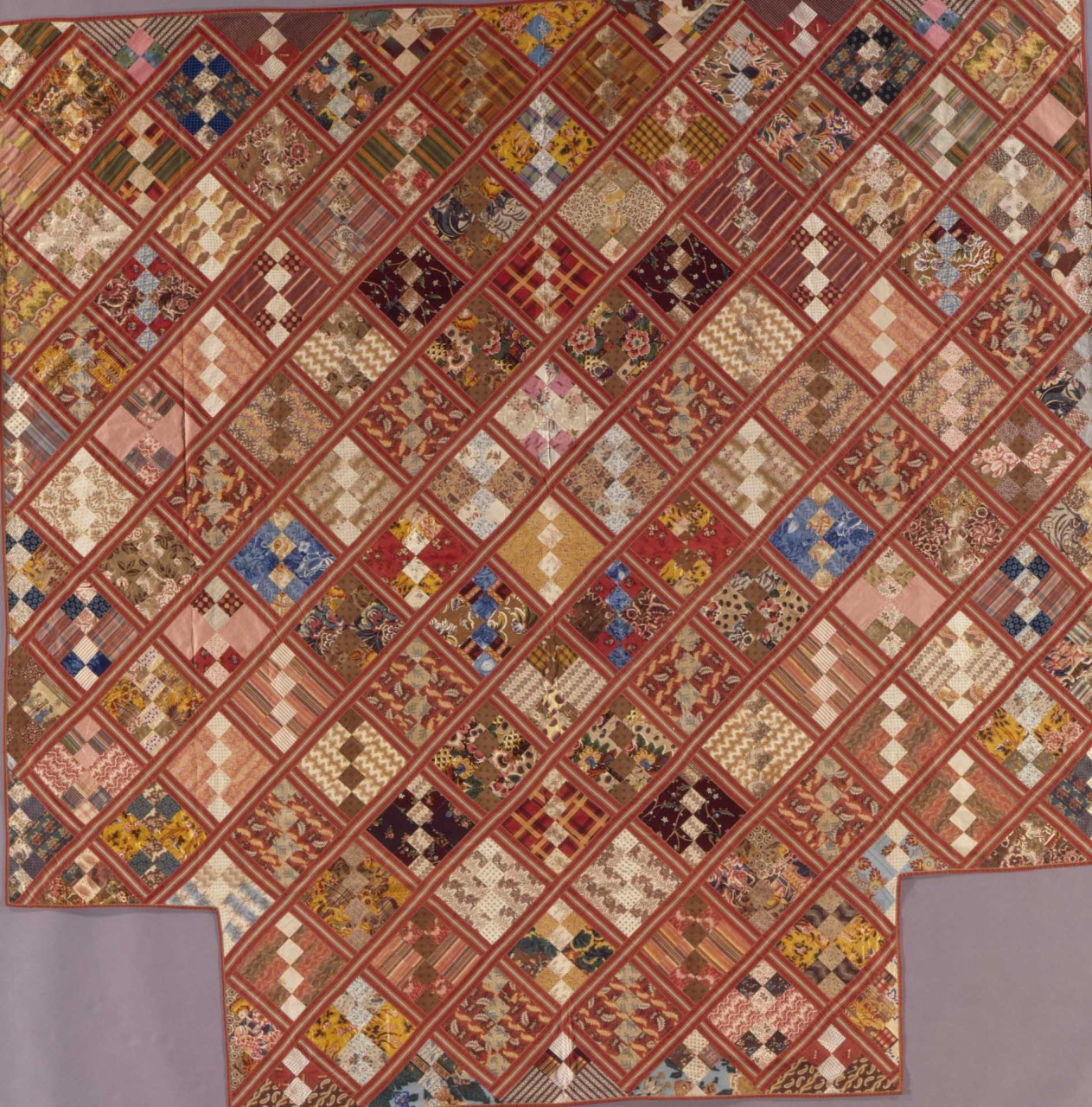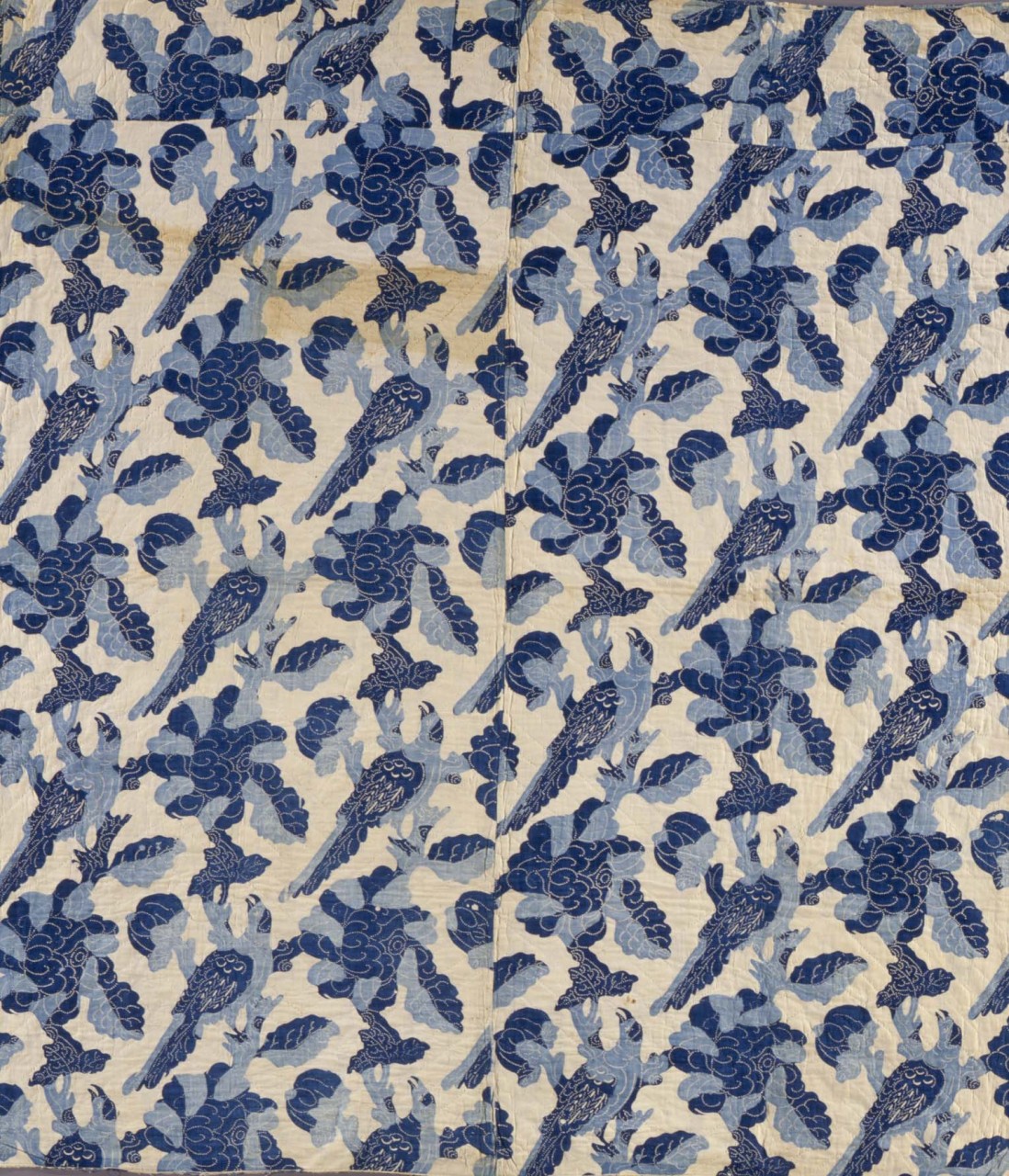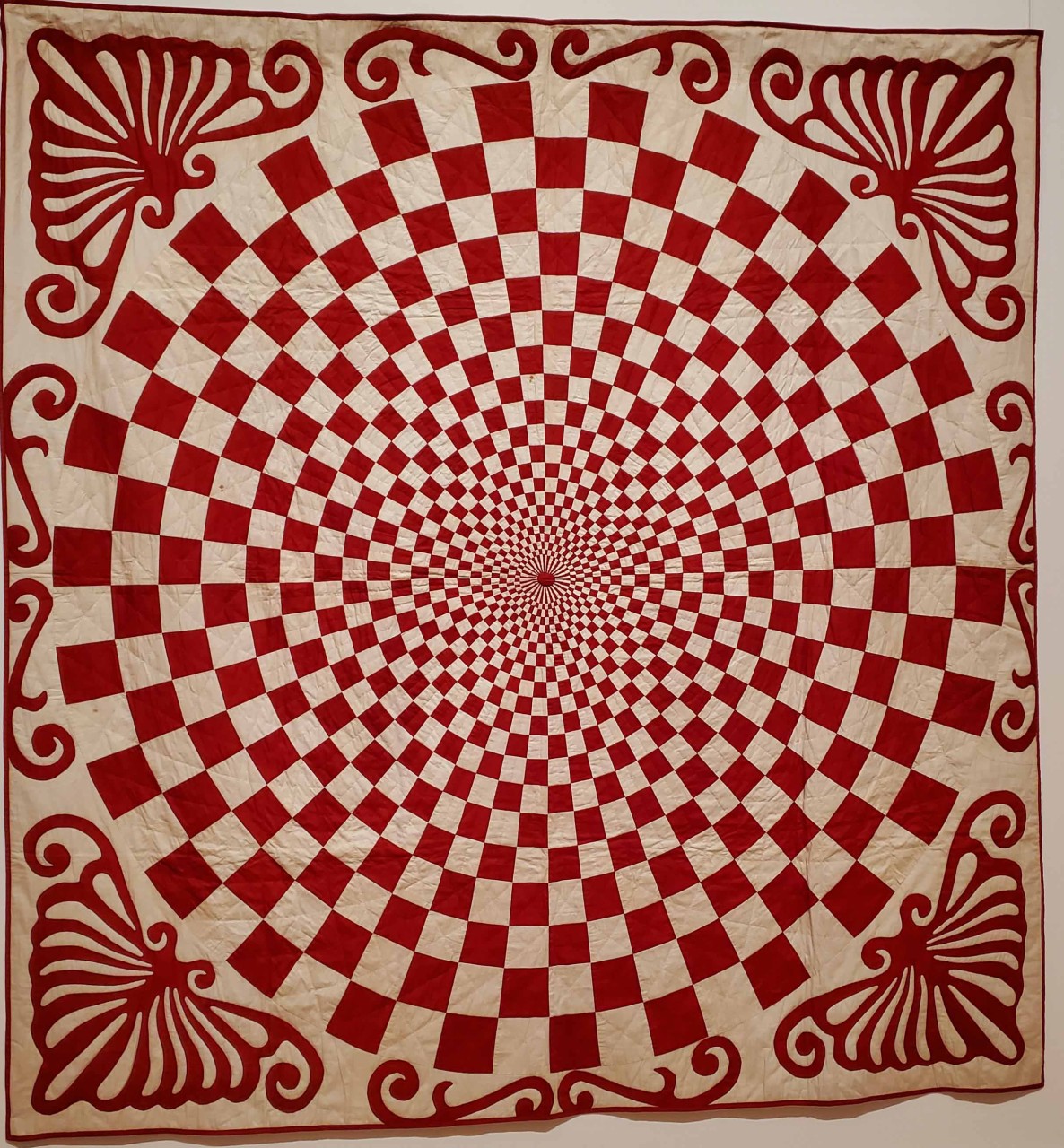
When I give my program Red & Green Quilts for Xmas…NOT!, I usually don’t talk about cochineal. Instead, I tend to focus on Turkey red, a popular color fast dye in the 19th century. Shame on me! Here thousands of cochineal insects were literally dying to create a fabulous color red and I neglected to discuss. Cochineal is a dye that was and is still in use today. In fact, cochineal dyes are returning in popularity because they are natural, and water soluble yet resistant to degradation. In the 16th century the Spanish Conquest of the Aztec Empire introduced cochineal to societies on both sides of the Atlantic. In Europe there was no comparable color, the closest being crimson from the Kermes vermilio insect. Once the European market discovered carmine, the demand increased significantly. Even the Pope...


